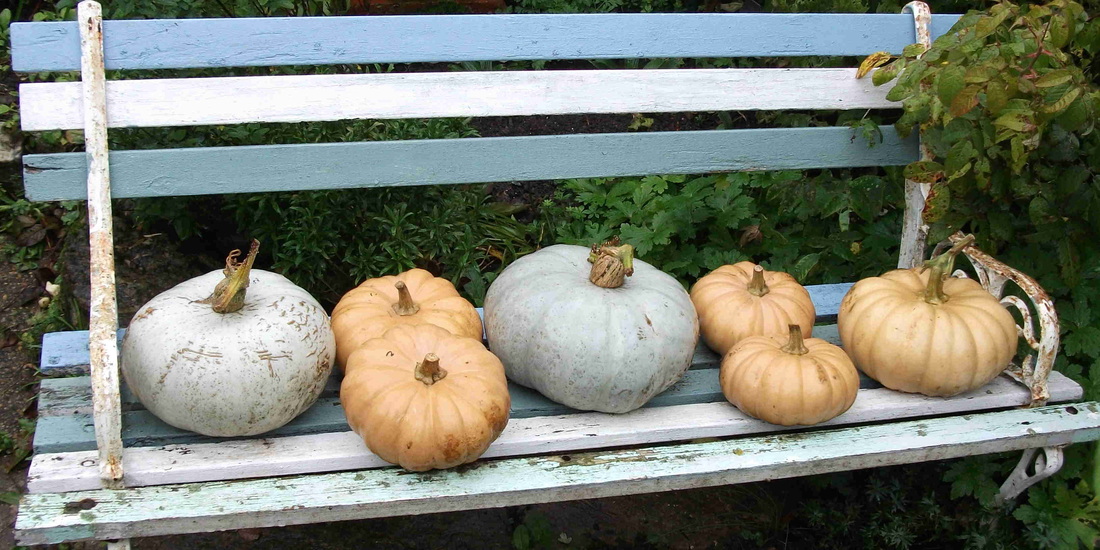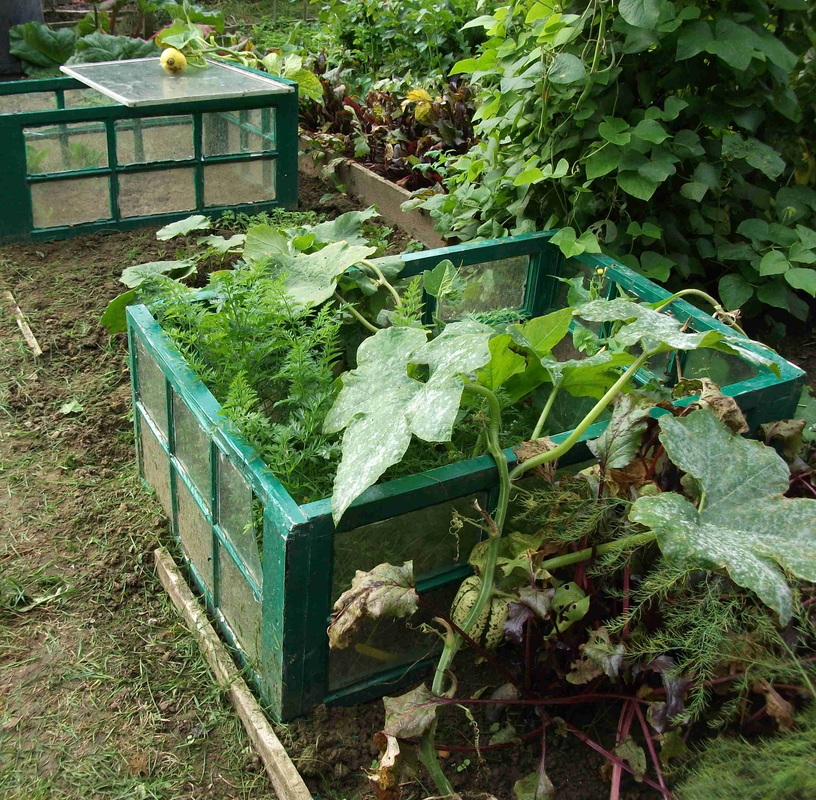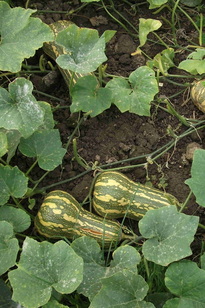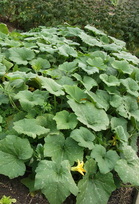Winter (or autumn) squash were one of the harvests which were most important both to the Native Americans and the settlers. they knew the squash had tobe taken from the plant and put in a sunny place for the skins to 'cure' and the insides to finish ripening. The process not only improved the falvour, it insured the squash would keep for as long as possible.
Copy the 'Red Indians' and cure your squash in a sunny place. It is probably best to take them home to do this, as they will be safer there. Trim away and soft portion of stem and lay them on a bench or even a shed roof, where the air can circulate and the skins dry. Then store them in a dry, frost-free shed until you are ready to eat them.
For more about harvesting and storing squash, click here to go to an article from North Carolina State University!




 RSS Feed
RSS Feed
